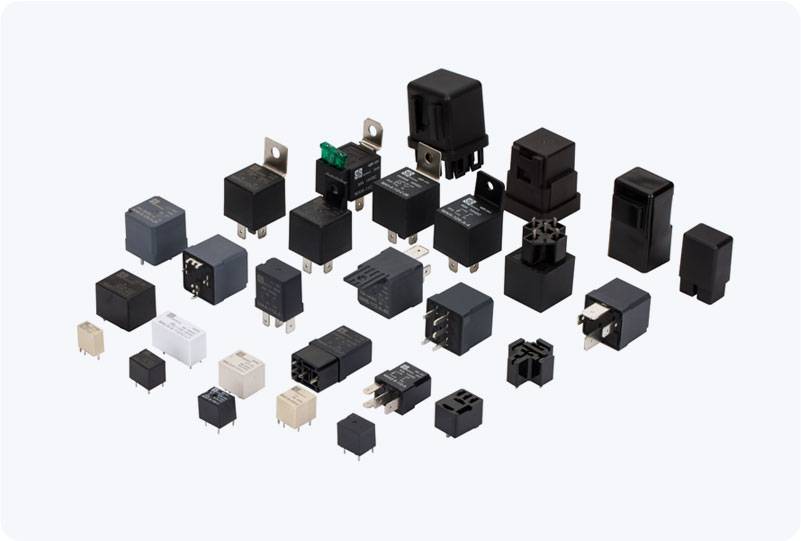When it comes to the electrical systems in cars, two crucial components play a pivotal role in maintaining functionality and safety: relays and fuses. While they both serve essential purposes in managing electricity, their functions, operation, and applications are distinctly different. Understanding the roles of relays and fuses in a car is key to maintaining an efficient and safe electrical system. In this article, we will explore the differences between relays and fuses in cars, examining their functions, operation, and how they work together to keep the vehicle’s electrical components running smoothly.

What is a Relay in a Car? A relay is an electrically operated switch that controls the flow of electrical current to a circuit. It is used to manage high-power devices with low-power signals. Essentially, a relay allows a small electrical current to control a larger current, which makes it an indispensable part of a car’s electrical system. Relays are often used in systems where high-current devices, such as the fuel pump, headlights, air conditioning compressor, and starter motor, need to be controlled. These devices require a lot of power, but the switches to control them—such as the car’s ignition switch—can only handle a small amount of current. In this case, the relay acts as a middleman, using a low-current signal to close or open the circuit for the high-power devices.
Leave a Reply
You must be logged in to post a comment.